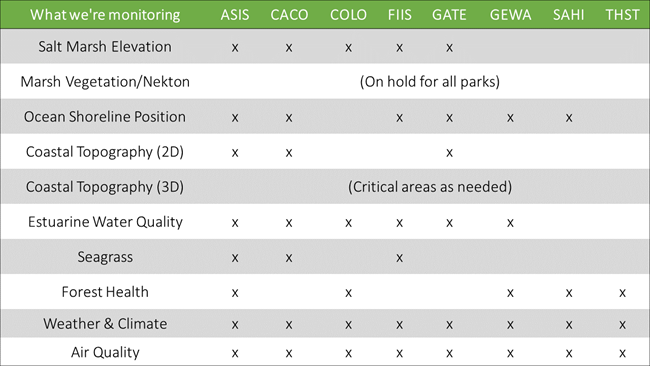
It's not possible to measure and collect data on everything from our vast and complex planet. Scientists, however, have found a way to still study and learn about how earth’s different ecosystems work. They do this using "vital signs."
Vital signs are indicators of an ecosystem’s overall health, and can be a specific animal, habitat, or abiotic factor (such as water, air, or soil). By monitoring vital signs over a long period of time, scientists better understand how each one impacts and responds to changes in the greater ecosystem. Having this understanding can help parks preserve unimpaired the natural resources for future generations.
The Northeast Coastal and Barrier Network monitors a diverse range of vital signs in our eight parks. We collect data from salt marshes, coastal shores, upland forests, and estuaries. With our data, we gain a clearer picture of biodiversity and environment at each park and throughout the region. Doing so helps provide a scientific foundation for park management and the education of our visitors.
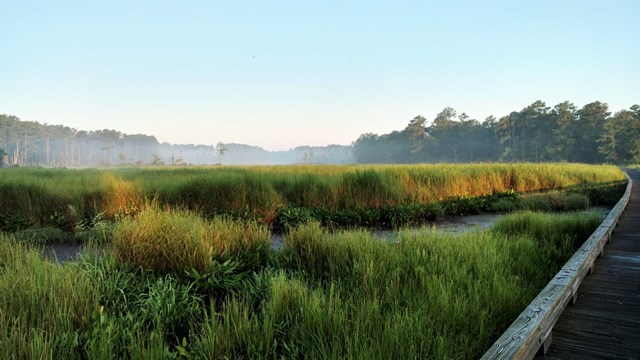
Salt marshes have declined since the early 20th century but with monitoring, parks have helped restore these crucial habitats.
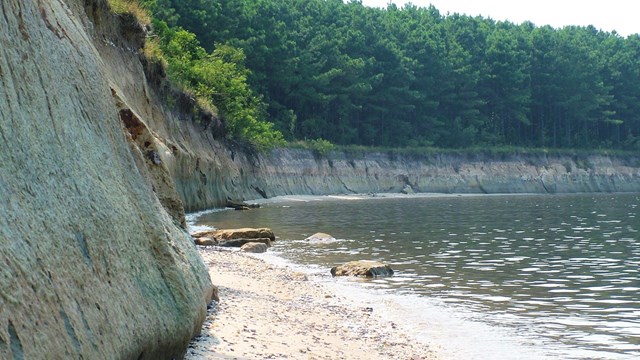
Coastal shores are impacted by the ocean and atmospheric systems and humans. Monitoring shores mean we can better prepare for future change.

Invasive exotic plants, white-tailed deer, diseases and pathogens, and native forest pests have greatly impacted the forests of New England.
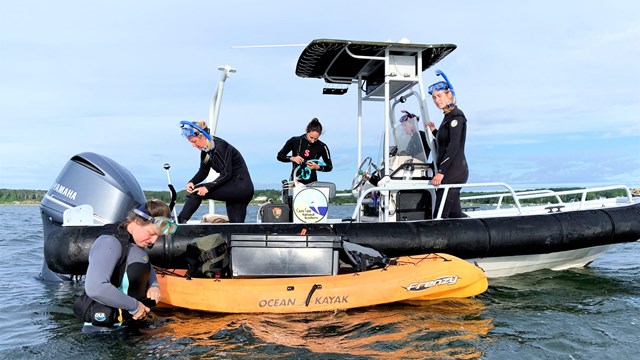
Habitats at the intersection of river and sea, estuaries are a unique blend of freshwater that drains from land and saltwater from the sea.
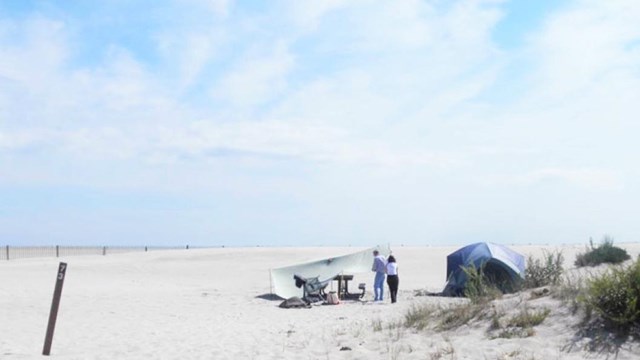
Understanding patterns and trends in weather and climate means being prepared to better manage park natural resources.
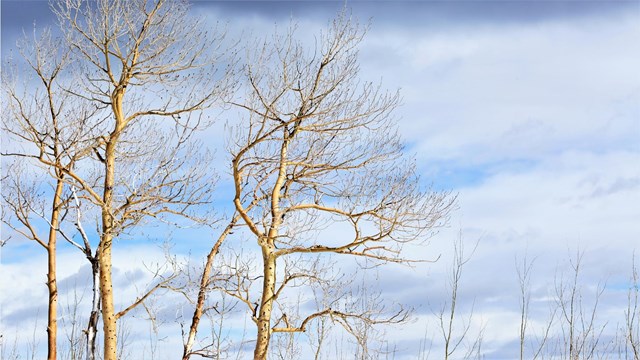
Clean air, the thing we can't see yet need. Monitoring it is essential to the health of our visitors and communities.
Last updated: July 1, 2024
